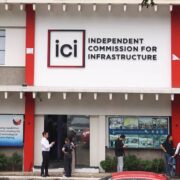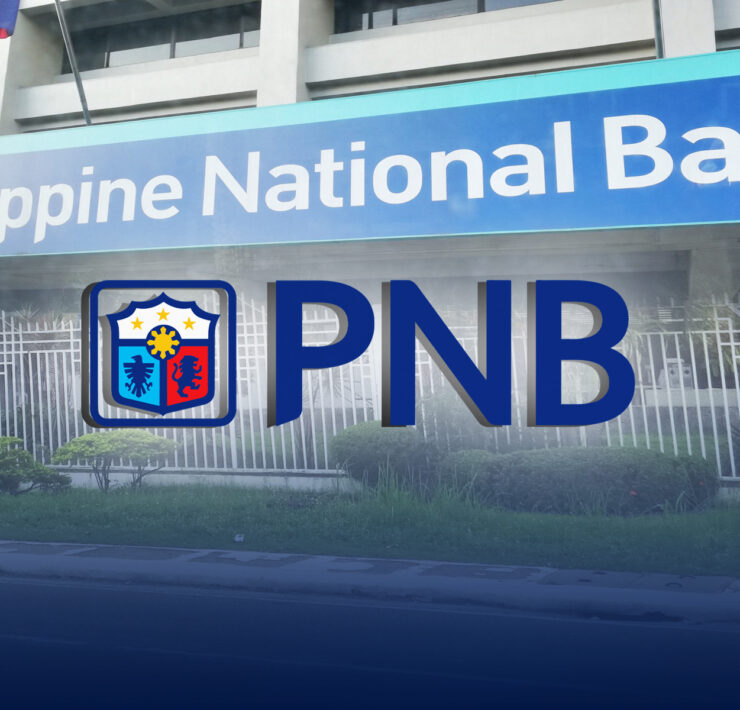PH banks facing loan quality risks–Moody’s

Consumer loans are expected to corner a bigger share of the Philippine banking system’s total lending portfolio over the next three years as lenders chase the higher-yielding—but riskier—segment, Moody’s Ratings said.
But the global debt watcher said that such risk-on sentiment could test the asset quality of local banks.
In a commentary on Thursday, Moody’s said retail lending could soon account for 25 percent of the Philippine banking sector’s overall loan portfolio, from 18 percent as of 2021, on the back of sustained growth.
Outstanding credit extended to households accounted for 21 percent of the industry’s entire lending portfolio by the end of 2024.
That projection was based on the 16-percent average growth in consumer loans seen between 2022 and 2024, beating the 9 percent growth in business lending.
Economic rebound
Moving forward, Moody’s said retail loan growth was expected to continue outpacing the expansion of credit to firms.
“Strong retail loan growth was driven by the increase in Filipinos entering formal credit channels, alongside a strong economic rebound postpandemic and healthy labor market conditions,” the credit rating agency said.
“Credit demand will draw support from strong economic growth as well as lower interest rates. The Philippines’ GDP (gross domestic product) is expected to grow at 6 percent in 2025 and 2026. Interest rates have also normalized at a lower level, which makes retail loans more attractive,” it added.
Latest data from the Bangko Sentral ng Pilipinas (BSP) showed consumer loans growth hit 24.1 percent In February to P1.6 trillion on the back of double-digit increases in credit card, motor vehicle and salary-based general purpose consumption loans.
That performance surpassed the 11.2-percent increase in business loans to P11.1 trillion.
As it is, institutions like the International Monetary Fund had urged the BSP to monitor the fast growth in consumer credit, adding a proposal to ensure that banks are increasing their exposure to households with tested credit profiles to avoid losses from unpaid loans.
But for Moody’s, the problem is many of the retail borrowers are “untested”, which may lead to higher asset risks for banks over the next 12 to 18 months.
“New borrowers are untested and banks face higher asset risks, should macroeconomic conditions change unexpectedly. Credit cards and personal loans are the riskier retail products, while job losses could put stress on retail loans,” the debt watcher said.
“At the same time, some banks are expanding beyond their own retail depositors to capture market share. Compared to the banks’ existing customer base, these new borrowers will be riskier as they do not have established history with the bank, making it more challenging to assess their credit profile accurately,” it added.





















